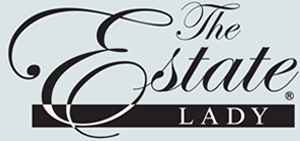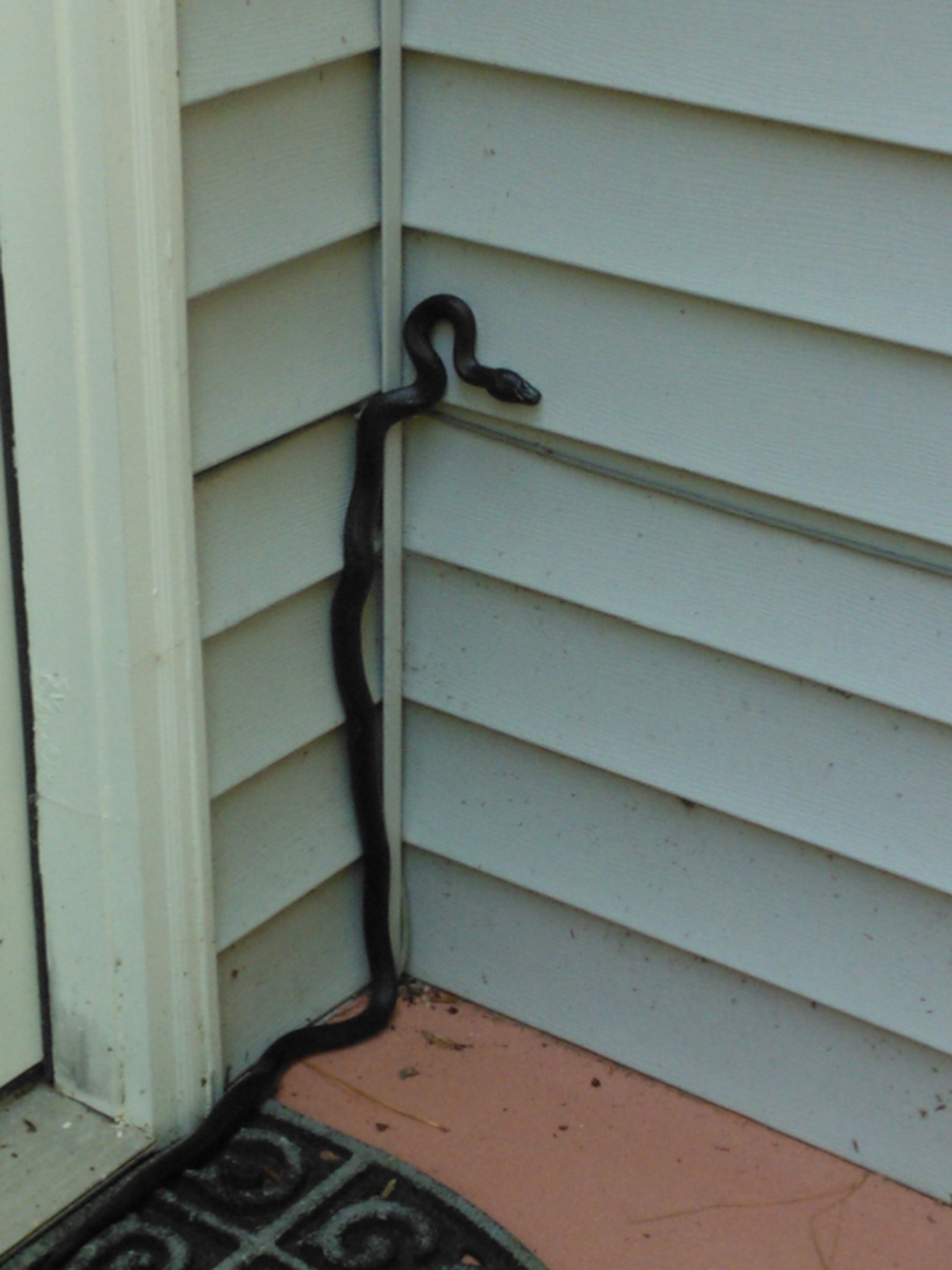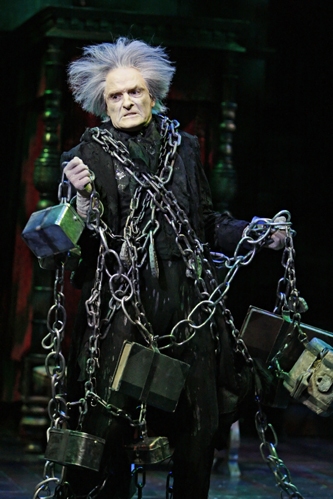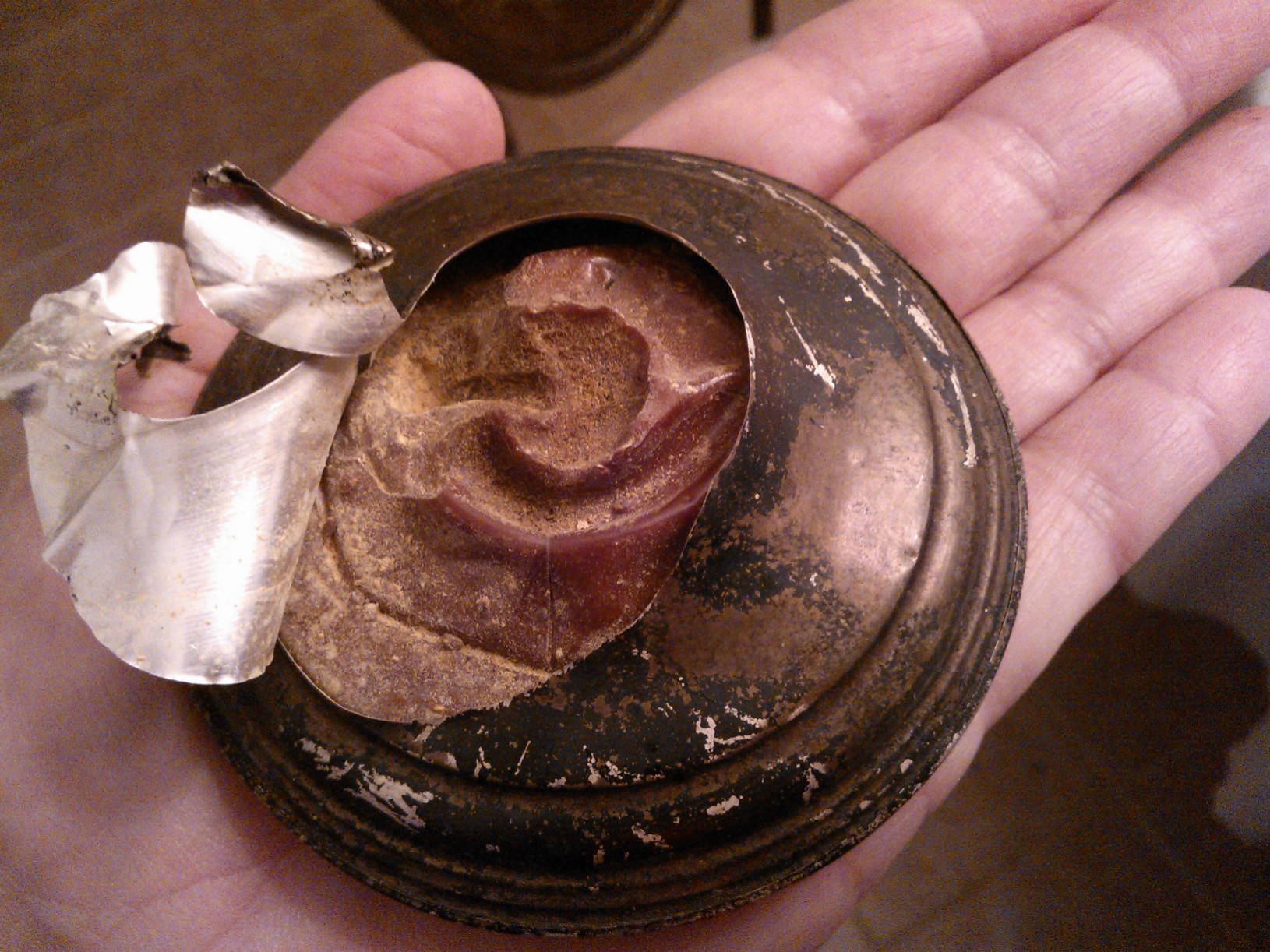If my mother were still living, she would be aghast that I have not personally reached out to you — my friends, colleagues, and blog followers. You may know of me or know me personally, have read my writings or just started following me. But I want to make the time to say “THANK YOU” for allowing me to share pieces of my life, and for your willingness to listen and reply. It is my desire to inspire others, and in doing so, help myself to grow into the finest human I am capable of being.
Last week was a rough week. My daughter got her first job, which is wonderful news in this economy, my husband’s company is downsizing and sending jobs overseas (he’s still ok, thankfully), and me, well, I found a lump.
To some of you, that may seem incredibly personal, but sitting here in my early 50s, I really have nothing to hide and everything to share, especially if it can help others. The week was filled with “what ifs” and dread. I let my imagination run wild, and I have one incredible imagination, if I do say so myself. Then I got scared. I mean really scared, and not much spooks The Estate Lady®. I called the doctor immediately. Truth of it is, I should have taken better care of myself a long time ago.
I found myself crying in the shower, and the best I can figure, it came from guilt. Guilt because I have not taken good care of myself in years. I have not eaten well, not exercised diligently. I put on weight and am stressed out just like everyone else, still grieving the loss of my parents, etc. My imagination suddenly threw me years into the future, where I so desperately want to be a part of my daughter’s life and see grandbabies grow.
Then I prayed. I asked friends to pray for me. It brought a calm over me when I needed it most. There’s nothing easy about dealing with things that go wrong with our bodies, and medical stuff is scary. I sat and waited my turn for the mammogram and other tests with other women in a small room, and I realized that not everyone in that room would get good news. I prayed for them too.
Long story short, the news was good! It was just a lump that will stay with me the remainder of my life … a calcified thing. I got the wonderful news and my legs made it as far as my car in the parking lot when I broke into tears of great joy and heartfelt gratitude. It seemed only right to give thanks for this blessing, and to pray for those who are also living in fear or receiving less than good news.
If you know someone who is in the midst of this kind of scary experience, just be there for them and offer support. Everyone needs good friends to walk them through and keep the “what ifs” at bay.
“Taking our lumps,” unfortunately, is a part of life, but it sure is frightening on the literal side of things. On the figurative side, we carry them from injuries, past experiences, and lessons learned; we live with them emotionally, mentally, and physically. They are a part of how we become “us.”
I came home that day, and in a very uncharacteristic manner, took a selfie. I have much to smile about and I am wishing you the same!
©2014 The Estate Lady®
Julie Hall, The Estate Lady®, is the foremost national expert on personal property in estates, including liquidating, advising, and appraising. http://www.TheEstateLady.com She is also the Director of American Society of Estate Liquidators®, the national educational and resource organization for estate liquidation. http://www.aselonline.com.
No part of The Estate Lady® blogs, whole or partial, may be used without Julie Hall’s written consent. Email her at Julie@TheEstateLady.com












